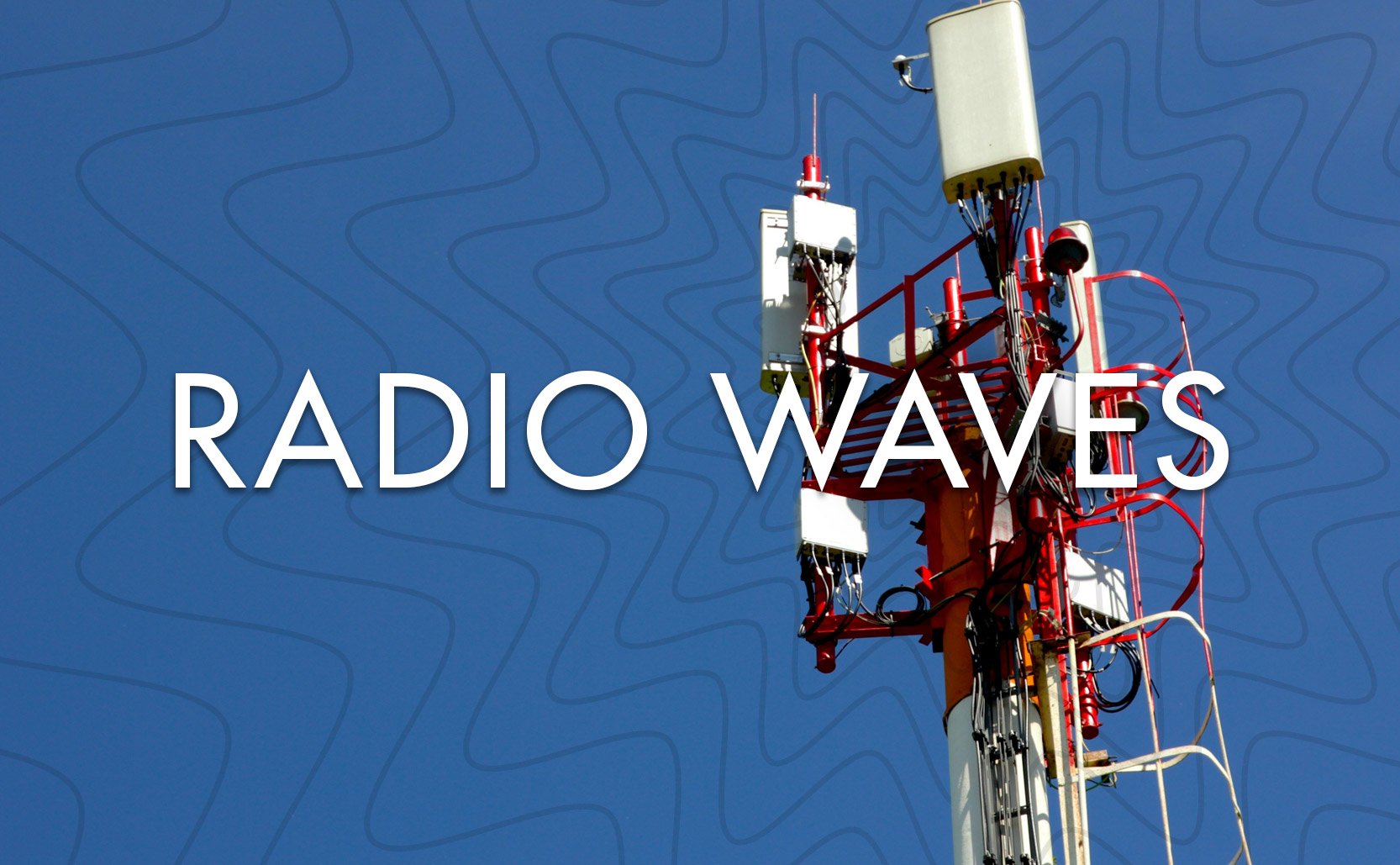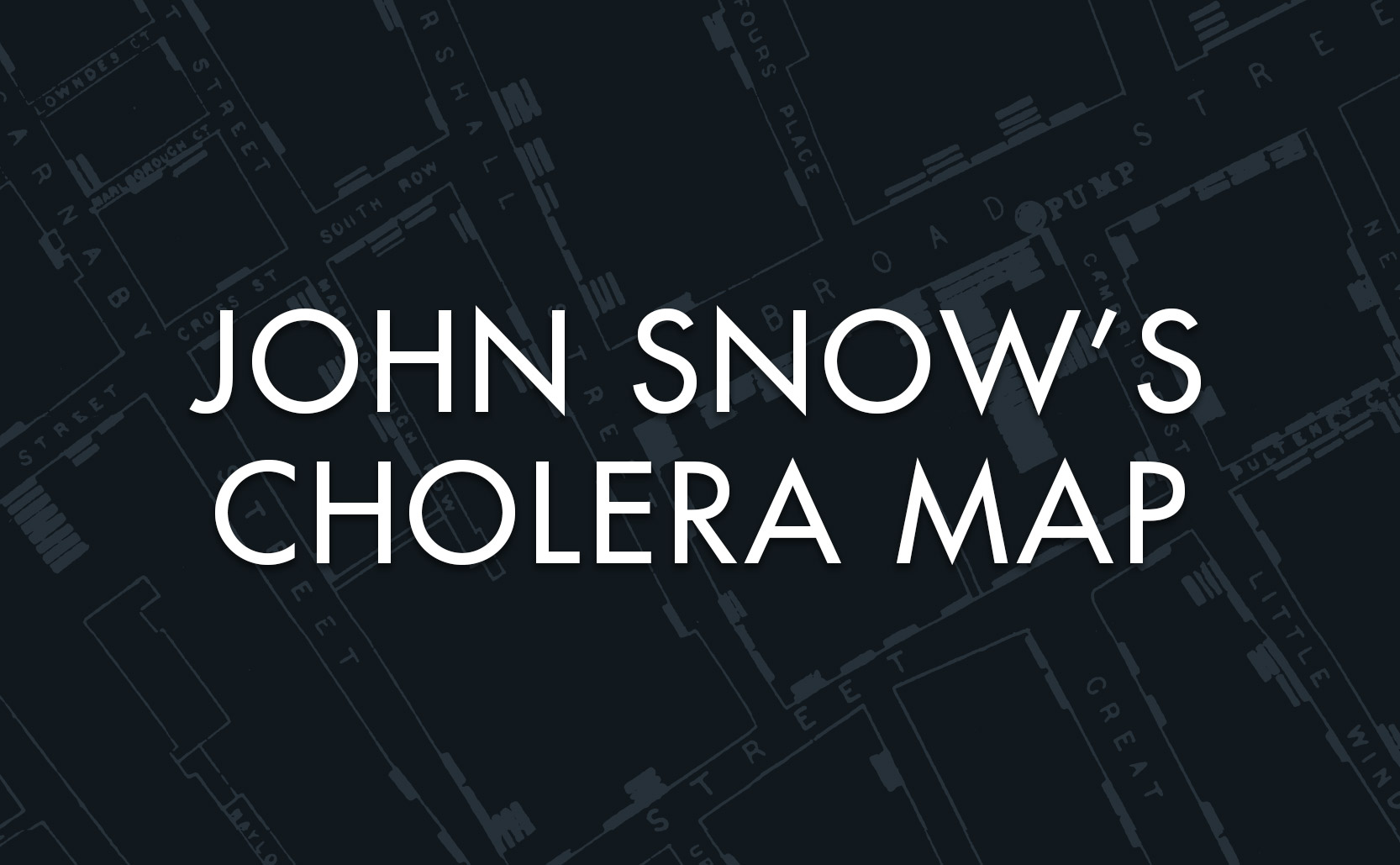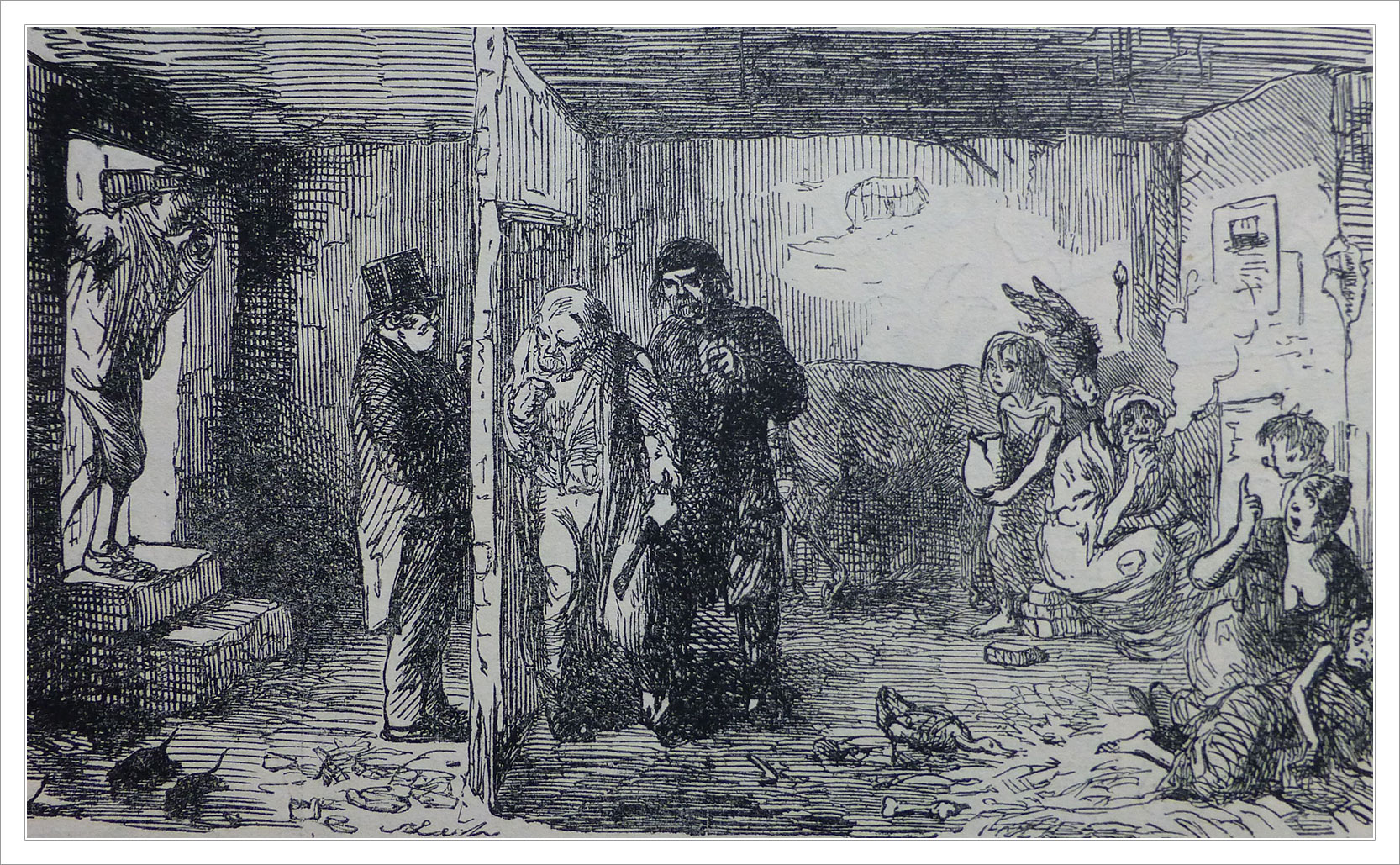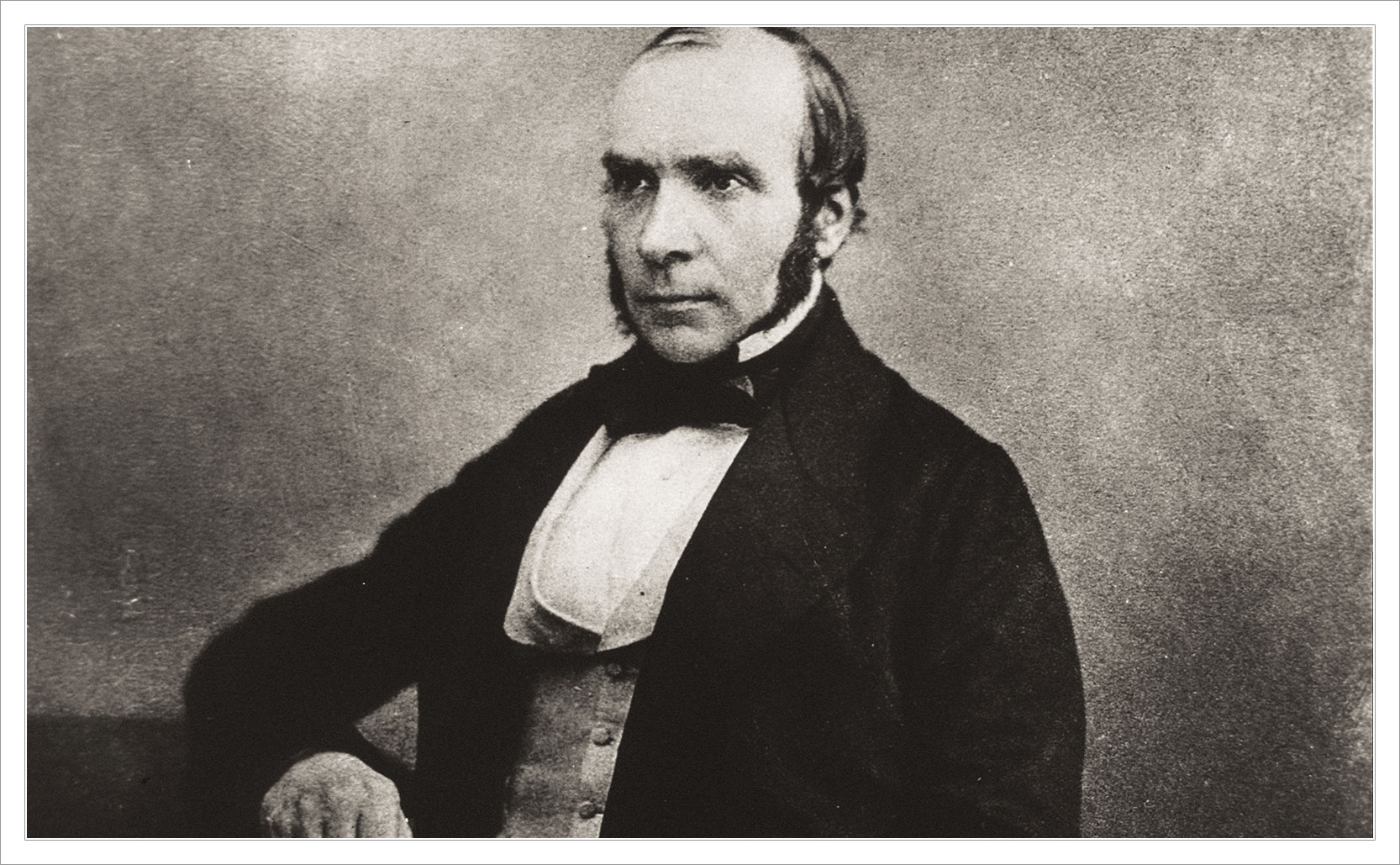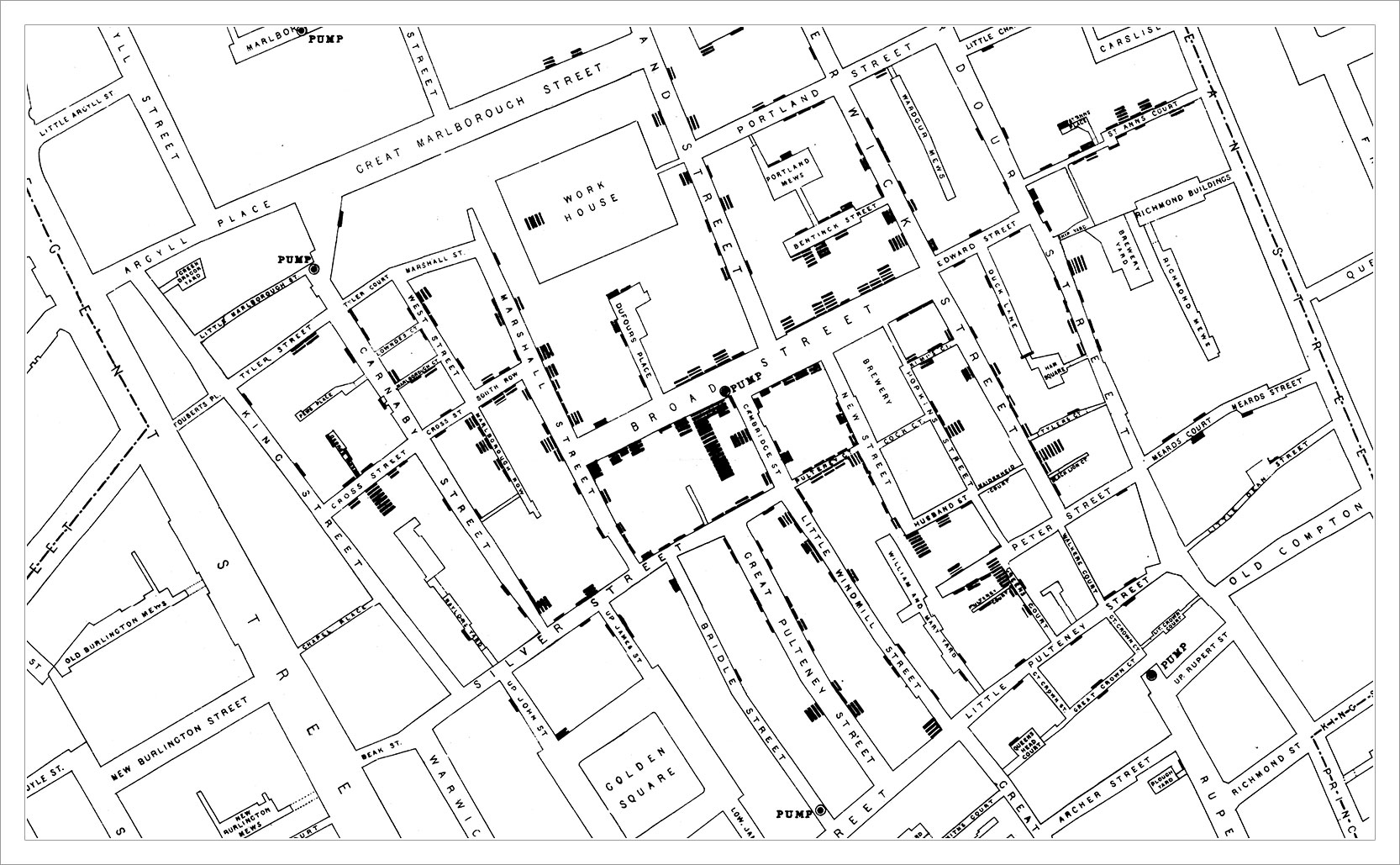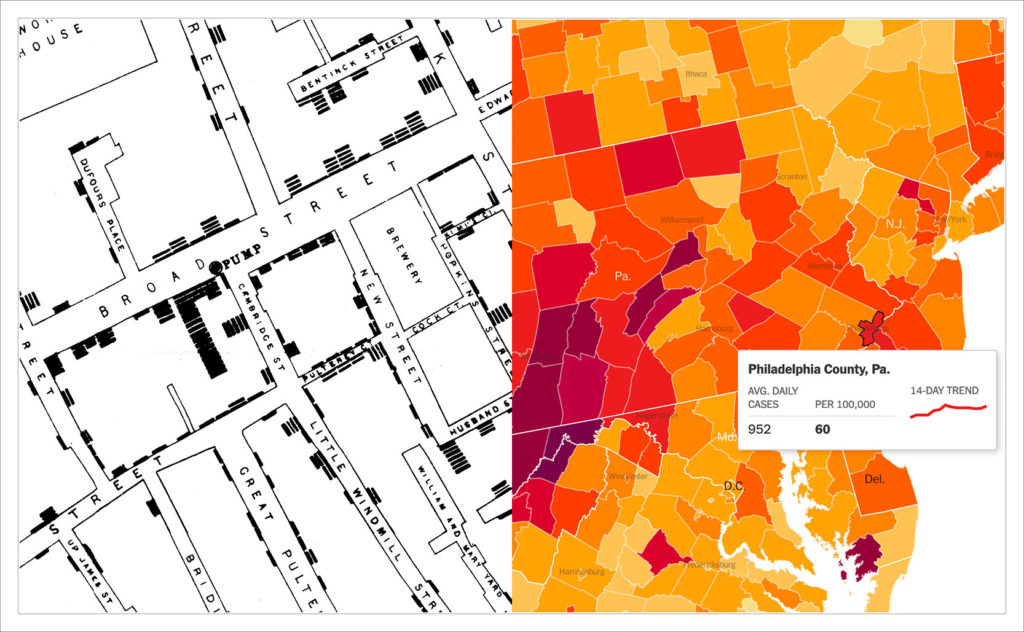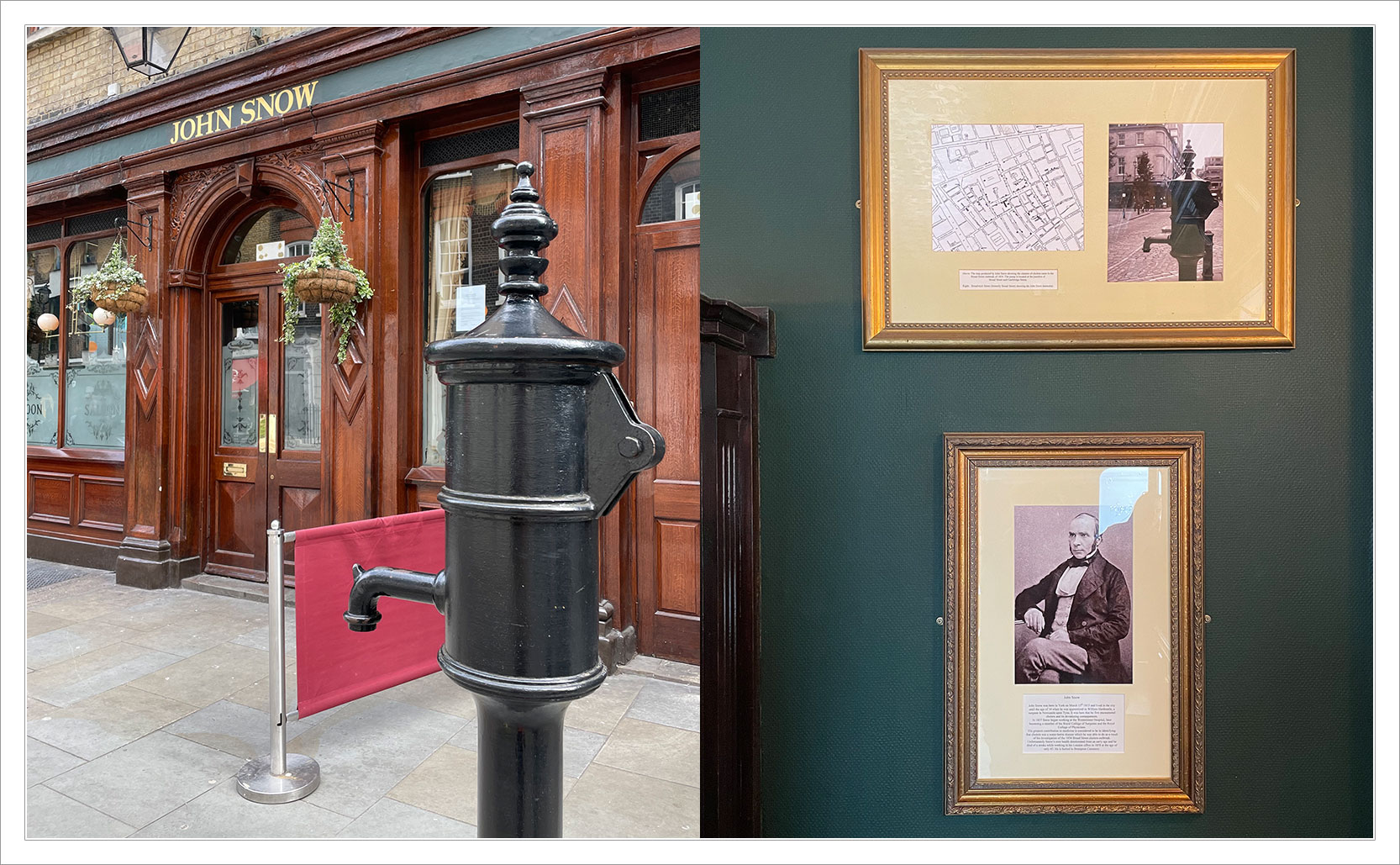Radio Waves
From wireless telegraphs to 5G data, the modern world runs on radio waves.
In the electromagnetic spectrum, radio waves are the lowest frequency & longest wave length waves available. The name “radio” doesn’t mean the waves are just for radios, it comes from the idea to “radiate energy” and the waves are used for lots of things. Wireless telegraphs, TV broadcasts, walkie talkies, radar, GPS, wireless routers, bluetooth, your mobile phone data – it’s all radio waves.
The existence of radio waves were proposed in 1867 by James Maxwell, but it took twenty years until 1887 for Heinrich Hertz to first demonstrate them (and because of this the hertz unit of measurement was named for him). The potential of radio waves was first realized by Guglielmo Marconi who used them to create wireless telegraphs. Marconi’s invention allowed people to send messages wirelessly through the air (which won him the 1909 Nobel Prize in physics). His invention is also one half of the very good Erik Larson book Thunderstruck.
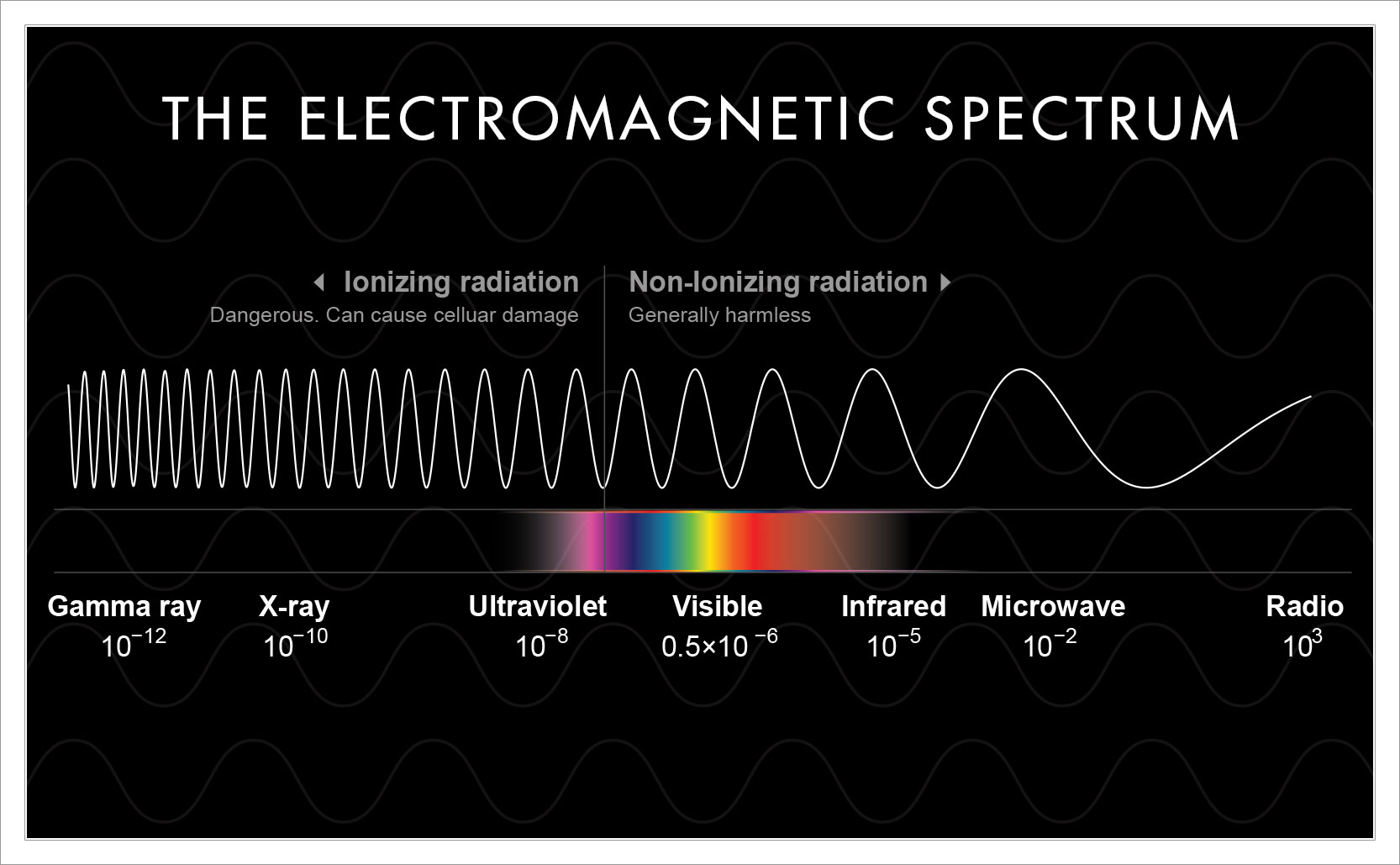
The Wave
We can send & receive data through the air thanks to transmitters & receivers. A transmitter antenna will send out a radio wave, modifying the wave form as need be. Then a receiver antenna will take the wave and process it as information. In the modern world most of that information is converted into binary ones & zeros as data.
Rather than sending out a consistent steady wave (which wouldn’t be very useful), transmitters modulate waves in various ways. You can modulate a wave’s amplitude as well as its frequency (which, incidentally, is why we have AM and FM radio – amplitude modulation and frequency modulation). You can also change where you begin & end a wave’s phase. This can create thousands of combinations, each of which can mean combinations of binary data. Using this complicated system of changing wave types we can have lots of devices sending & receiving information in relatively close proximity to one another. This is perhaps best demonstrated in the prolific use of mobile phones.
Cellular data (and the 5G boogeyman)
Mobile phones interact with antennas to send & receive data using radio waves. Each antenna covers a certain territory (a cell), but they are all working together (a network) – hence “cellular network”. Early mobile car phones had very few antenna to interact with so, once you left one’s area, you lost service. As mobile phones became popular in the 1990s more complex cellular networks with many towers were created.
5G is the fifth generation of the technology that runs these cellular networks. The challenge for 5G is to give even more devices even faster information. Part of how it does this is through an increase in the number of antennas. It also uses a wider range of wave frequencies. 5G uses radio waves but it also uses higher frequency microwaves (millimeter waves) to send more information, faster, across short distances. To do this the millimeter waves use smaller network cells, with more antennas, closer to the ground than the typical radio waves use.
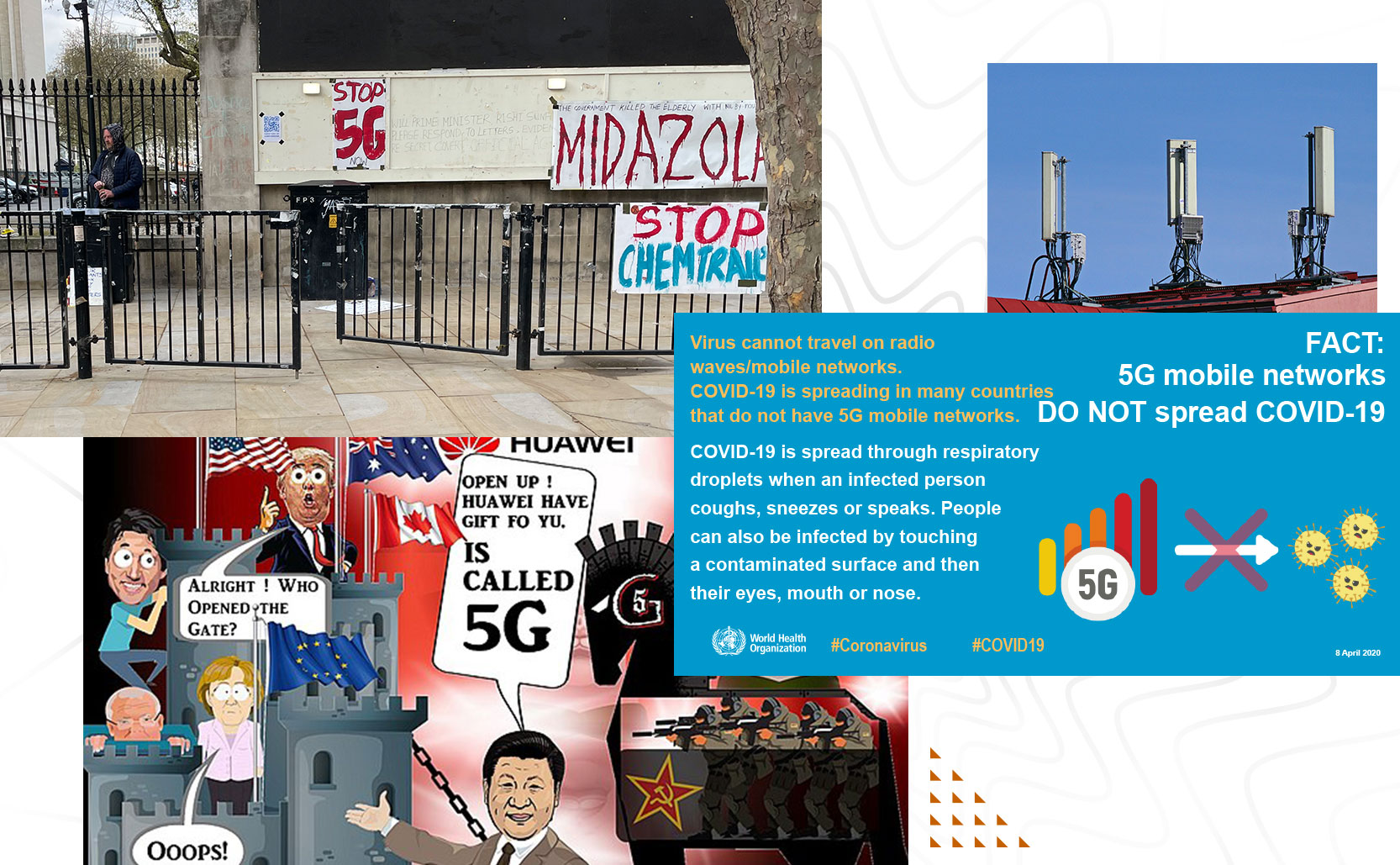
The rollout of 5G began in 2019 and with it came the conspiracy theories. Some people claimed 5G weakens our immune systems leaving us vulnerable to viruses (such as COVID-19). Others claimed Covid was caused by 5G waves or that the Covid vaccines contained secret microchips that would be controlled by 5G. There are also conspiracy theories that 5G causes cancer and specifically because of the millimeter microwaves. None of this is true.
The waves used in 5G are non-ionizing waves (meaning they do not remove electrons from atoms or damage human cells). Ionizing radiation is found on the other end of the electromagnetic spectrum beyond visible light. Ultraviolet, X-rays, and gamma rays will damage your cells, radio waves and microwaves do not. The waves used in 5G can’t penetrate your skin and no credible study has found them to be dangerous to humans. Alcoholic drinks and processed meats have higher likelihoods of causing cancer than 5G.


